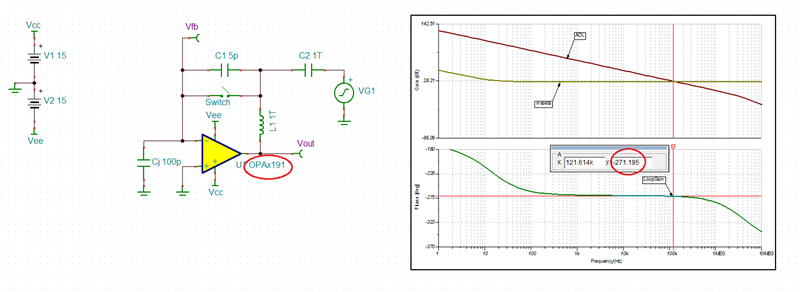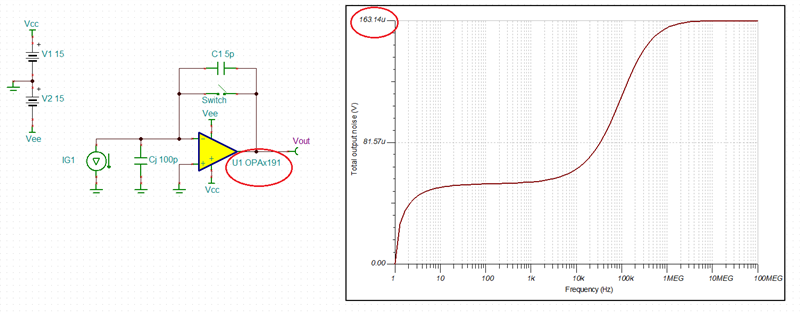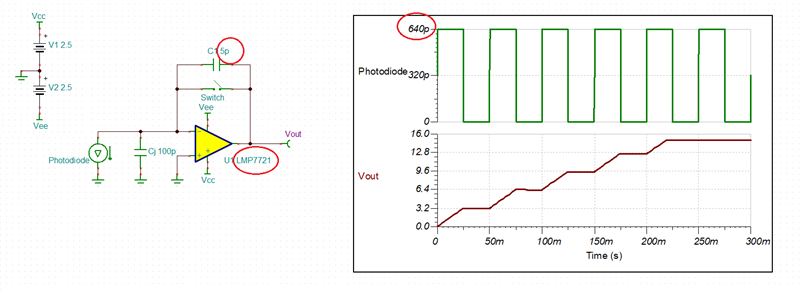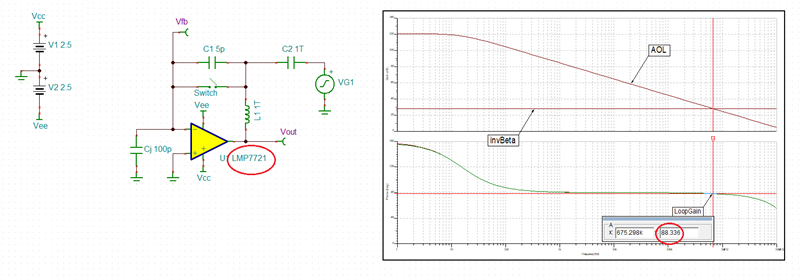I would like to choose an op-amp to design a charge sensitive preamplifier. I'm not sure what op-amp to use for my application. Searching online I have found designs that have used a voltage-feedback op-amp, electrometer op-amp, CMOS op-amp, JFET input op-amp, or an op-amp with an external JFET. I would like to know which configuration of the ones I mentioned would be best to go with or if there is a better one. I would like the charge sensitive preamplifier design to be ultra low noise. My understanding is that the op-amp should have low input current, low leakage current, low input offset voltage, low drift, and low noise.
My application uses a photodiode detector. The detector generates about 1E8 electrons per light pulse. The light pulses are at 20 Hz. The detector capacitance is slightly above 100pF. What considerations should I take when choosing an op-amp with a 100pF detector capacitance?
I would like the voltage supply range of the op-amp to be between +/-3V and +/-15V.
Thank you for the help.










